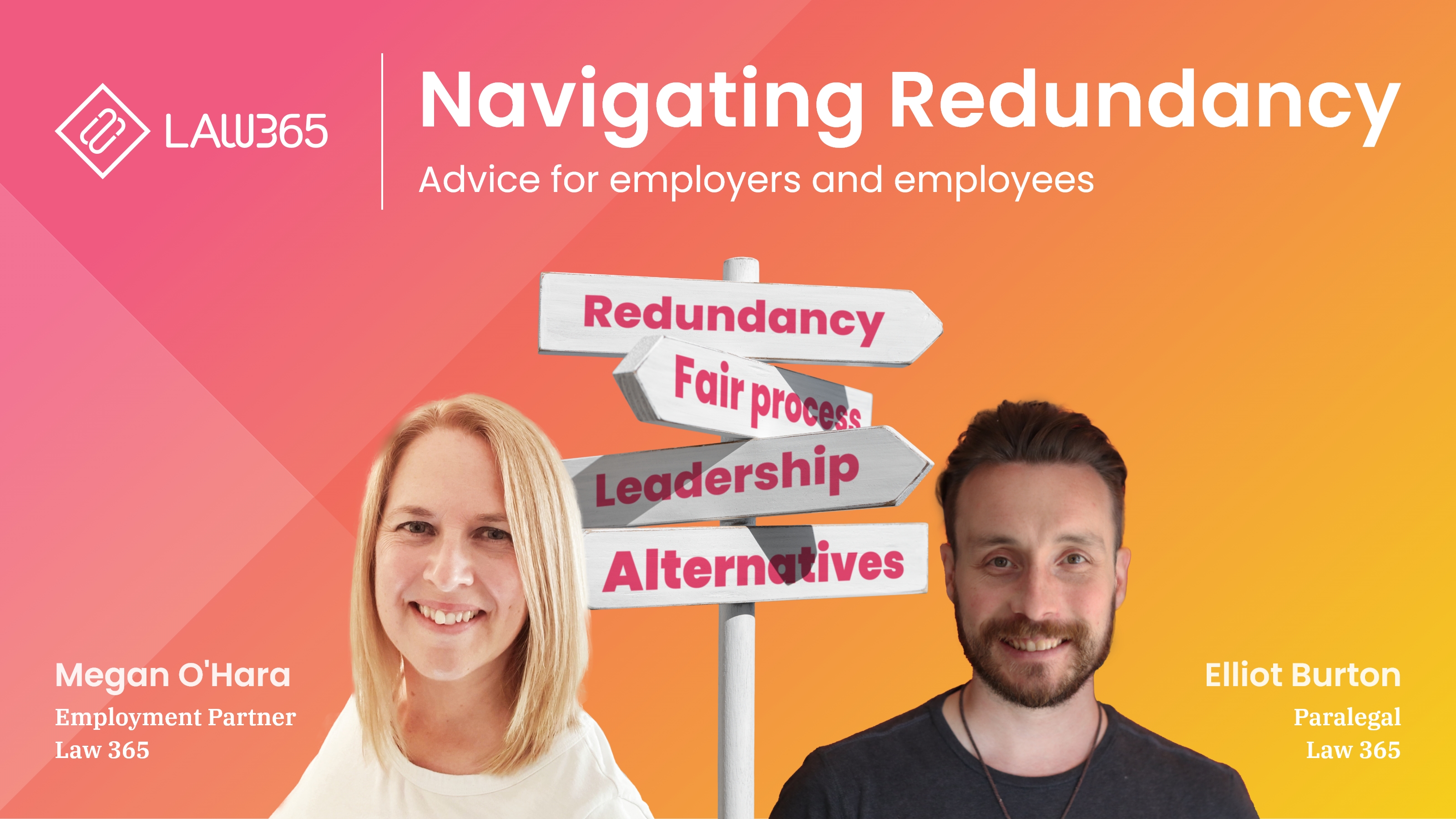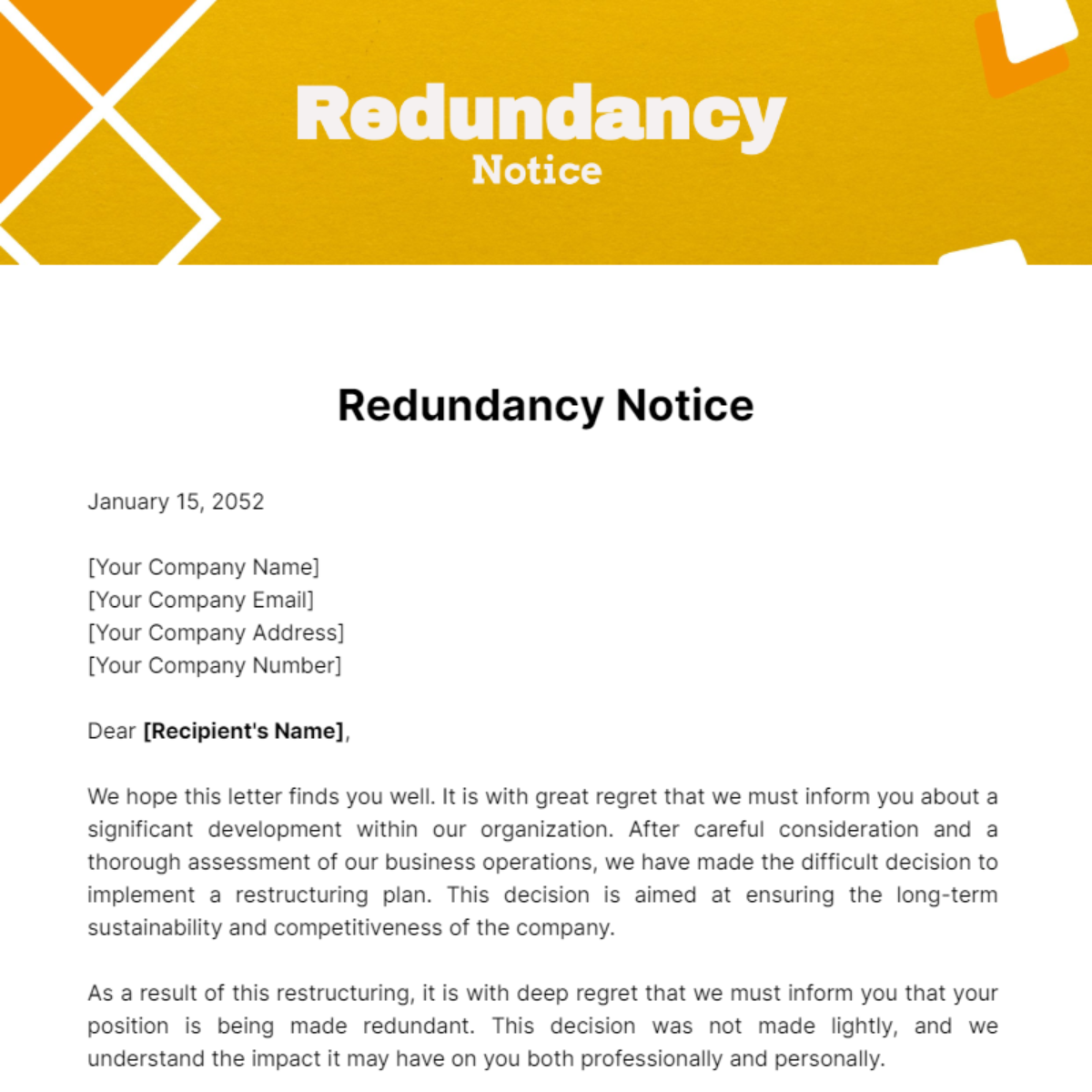Redundancy Pay If Company Goes Bust: Understanding Your Entitlements in the UK
Redundancy Pay If Company Goes Bust: Understanding Your Entitlements in the UK
Blog Article
Examining the Interplay In Between Company Redundancy and Business Adaptability for Future Development
In the dynamic landscape these days's company world, the detailed relationship between business redundancy and organizational versatility emerges as a critical element for sustained growth and success. Business often deal with the challenge of striking a delicate equilibrium between preserving a level of redundancy to minimize risks and promoting adaptability to respond promptly to the ever-evolving market demands. This delicate interaction holds the essential to not only surviving in rough times but also prospering despite uncertainty. As we discover the complex measurements of this interplay, intriguing understandings into exactly how organizations navigate these complexities to lead the method for future development wait for.
Importance of Company Redundancy
Company redundancy is an essential aspect that improves business durability and alleviates functional dangers. By integrating redundancy procedures within the organizational framework, business can much better stand up to unanticipated disturbances and changes in business atmosphere. Redundancy acts as a tactical barrier, permitting companies to adapt and respond effectively to unanticipated obstacles without jeopardizing essential procedures.
One key element of the value of company redundancy is its role in ensuring connection during times of crisis. When faced with sudden adjustments or emergency situations, redundant systems, sources, or workers can step in to keep crucial features and stop extensive disruptions. This connection not only safeguards the firm's online reputation and client trust however also decreases monetary losses and operational downtime.

Approaches for Business Flexibility

An additional crucial technique is investing in innovation and framework that can sustain adaptability and scalability. Executing electronic devices, automation, and information analytics can enhance procedures, boost performance, and give beneficial understandings for educated decision-making. In addition, producing versatile organizational structures that permit quick modifications to market characteristics and client needs is important for remaining competitive in a swiftly advancing setting. By proactively recognizing potential interruptions and chances, organizations can proactively adapt and prosper in an ever-changing service landscape.
Balancing Redundancy and Flexibility
Accomplishing an unified equilibrium between functional redundancy and business adaptability is vital in navigating the complexities of a vibrant organization environment. Striking the ideal equilibrium in between redundancy and adaptability is a delicate procedure that calls for a deep understanding of the company's goals, market characteristics, and threat resistance.
To attain this equilibrium, firms require to perform normal check out this site assessments of their operations to identify locations where redundancy is essential for threat reduction and where flexibility can drive technology and development. Carrying out versatile structures, fostering a culture of continuous learning and improvement, and urging open interaction throughout all levels of the organization are key approaches to integrate redundancy and versatility successfully. By lining up these two crucial elements, firms can place themselves for sustainable growth and success in an ever-changing organization landscape.
Instance Research Studies on Adaptation Success
In examining circumstances of successful organizational adjustment, it ends up being apparent that the interaction in between operational redundancy and flexibility is a defining consider forming durable businesses. One compelling study is that of Netflix. At first a DVD rental service, Netflix showed amazing flexibility by transitioning into a streaming system when digitalization interrupted the industry. By purposefully investing in innovation and content production, Netflix not just flourished yet survived in a swiftly developing market. An additional standout example is Amazon. Beginning as an online book shop, Amazon continually adapted its organization model, broadening right into diverse markets such as cloud computer and expert system. This flexibility permitted Amazon to stay ahead of rivals and meet altering customer needs. Finally, Adobe supplies a noteworthy picture of effective adjustment. The company changed from marketing software program licenses to a subscription-based design, making sure recurring profits streams and enhanced blog here client engagement. These case research studies emphasize the value of operational redundancy combined with business adaptability in cultivating long-lasting growth and competition.
Building Strength for Future Development
Structure durability for future growth calls for a strategic placement of functional procedures with market dynamics and emerging fads. Firms have to adjust to altering environments by fostering a society of flexibility, advancement, and continual improvement. Resilience includes not only recovering from obstacles yet additionally proactively getting ready for future challenges. One key element of structure durability is buying durable danger management strategies to minimize prospective disruptions. This consists of scenario preparation, branching out supply chains, and developing backup plans for numerous backups find more (who pays redundancy money).
Additionally, fostering strong partnerships with stakeholders, such as clients, staff members, providers, and the neighborhood, is important for weathering unpredictabilities and maintaining count on and assistance during unstable times. Reliable communication and transparency play an essential role in building strength, as they aid facilitate and straighten assumptions cooperation in navigating unpredictabilities.
Additionally, organizations require to focus on learning and development efforts to upskill staff members and equip them with the required devices to adjust to transforming situations. By spending in their labor force, business can enhance their flexibility and agility, eventually reinforcing their strength for lasting future growth.
Verdict

In the dynamic landscape of today's company globe, the intricate connection in between company redundancy and organizational flexibility emerges as a critical aspect for continual development and success. Companies commonly encounter the challenge of striking a delicate equilibrium in between maintaining a level of redundancy to alleviate threats and fostering adaptability to react swiftly to the ever-evolving market needs.To attain this balance, companies need to carry out normal analyses of their operations to identify areas where redundancy is needed for danger reduction and where flexibility can drive innovation and development.In conclusion, the interplay between company redundancy and organizational adaptability is important for future development. Structure durability via a mix of redundancy and flexibility will certainly make certain that firms are prepared for the obstacles of the future.
Report this page